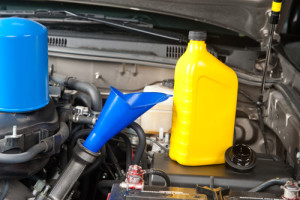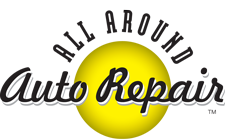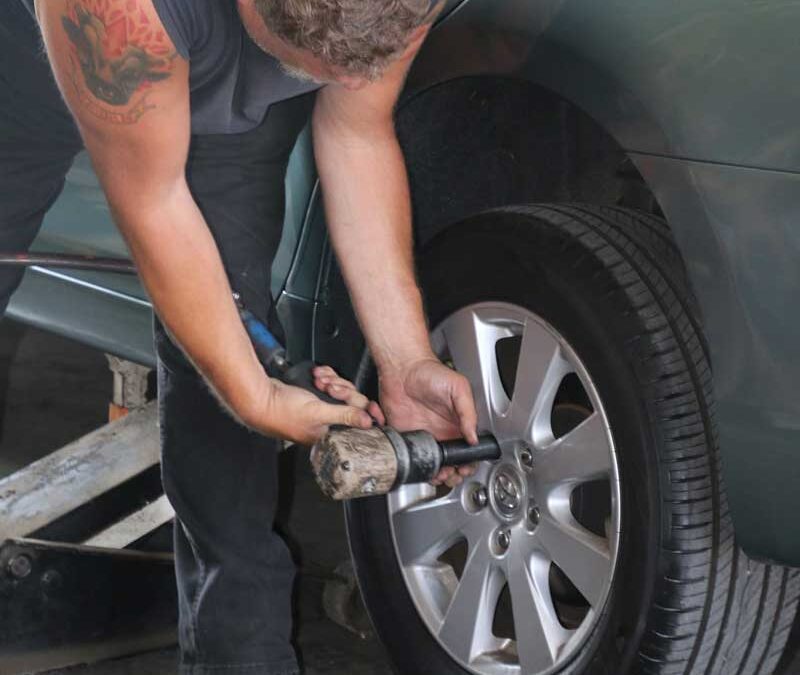 Time to pack your crew into the car and hit the open road. You brought your phone charger, booked your hotel, and downloaded turn by turn directions but just how reliable is the car you are about to take on this adventure? While most people are not ASE mechanics that does not mean you can just jump in your car and hope everything will be OK. Being proactive about your car’s health is about both your physical safety and the safety of your dollars. Here are 4 easy tips for vehicle maintenance that will make sure your trip goes smoothly:
Time to pack your crew into the car and hit the open road. You brought your phone charger, booked your hotel, and downloaded turn by turn directions but just how reliable is the car you are about to take on this adventure? While most people are not ASE mechanics that does not mean you can just jump in your car and hope everything will be OK. Being proactive about your car’s health is about both your physical safety and the safety of your dollars. Here are 4 easy tips for vehicle maintenance that will make sure your trip goes smoothly:
1. Tires and Brakes – Your tires are the only part of your car that actually comes in contact with the road. They are responsible for completing every request for acceleration, steering, braking, and changing direction given. Thus every vehicle maintenance plan should start with tires and brakes that are in good order. When checking your tires be sure to inspect three key areas: Inflation pressure, tread depth (> 2/32″), and tire condition. Vehicles with or without tire pressure monitoring systems should still be manually checked and corrected weekly. Tires should be rotated at least every other oil change for both visual inspection and to reduce uneven wear.
Brakes should be inspected at every vehicle maintenance interval to insure pad thickness is within tolerance. On many vehicles you can visually inspect the pad thickness without removing them. Test your parking brake weekly to be sure it operates correctly. Listen for high pitched squeals or grinding, watch for the red brake light on your dash, and notice if your vehicle pulls harshly when braking. All of these are signs that the braking system needs immediate attention.
2. Under The Hood – Get familiar with where all of the vital fluids can be checked and topped off. Keep a container of each common fluid (oil, coolant, Power steering, transmission fluid, washer fluid, etc.) on hand so that you can address any low levels immediately. Inspect belts and hoses for cracks or damage and replace them if any is found. Check engine oil level weekly and perform an oil and filter change every 3-5,000 miles. Vehicle maintenance also means performing an under-the-car visual inspection while the oil is changed to identify components like torn CV boots that need to be replaced as well.
3. Record Keeping – As part of your vehicle maintenance plan keep a notebook in the car to log any vehicle maintenance performed or anything you note needs to be addressed so that you can relate it to a technician when the time comes. Print out a schedule of what components will need to be replaced at the critical 30k and 60k intervals. Many of these major services and be costly if caught off guard so it is best to know that they are approaching so that you can be ready for it financially. Set reminders on your phone or calendar to advise you when critical vehicle maintenance services should be completed.
4. Cleanliness – Probably one of the easiest and cheapest vehicle maintenance tips is to keep your engine bay and surrounding areas clean. Buildup of grease and dirt not only can make checking vital fluids difficult but also can make identifying problems early nearly impossible. If your engine bay is constantly in good order and well wiped down then a sudden leak will be easily spotted and remedied. Even if you’re a complete novice at vehicle maintenance you will still know there is a problem if something that was clean and dry is suddenly wet and oily.


